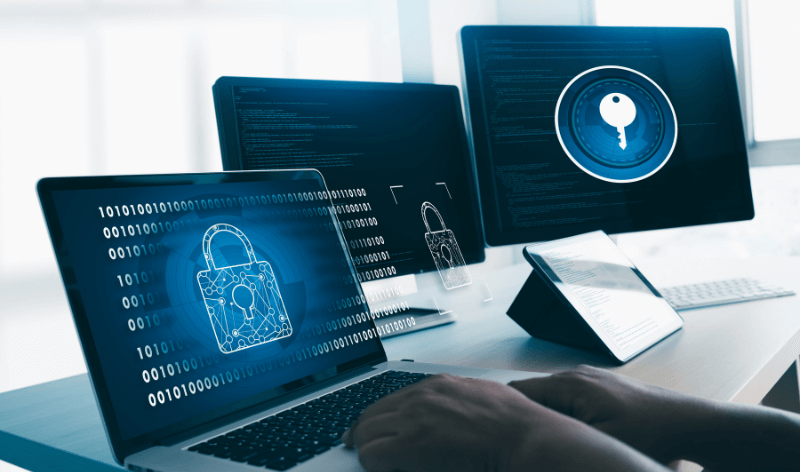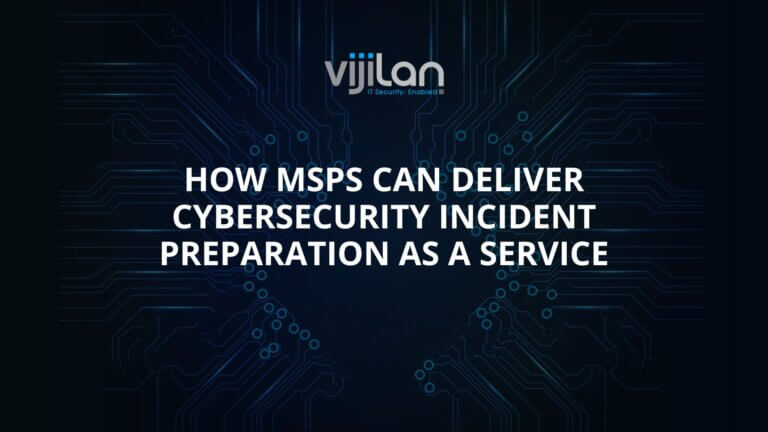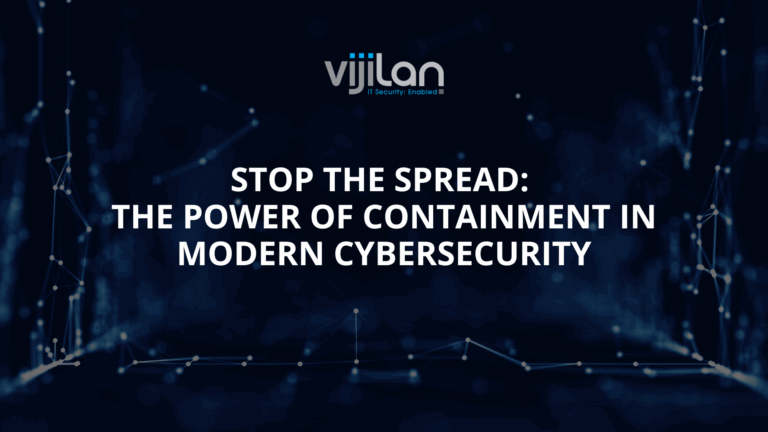Introduction:

Independently Managing SIM and SEM from SIEM
In today’s digital age, businesses face an unprecedented level of cyber threats, making robust cybersecurity measures a top priority. As organizations strive to safeguard their valuable data and assets, Security Information and Event Management (SIEM) solutions play a crucial role in detecting and responding to potential security breaches. Within the realm of SIEM, two vital components, Security Information Management (SIM) and Security Event Management (SEM), are key players in fortifying cybersecurity defenses. In this blog post, we will explore the benefits of managing SIM and SEM independently and how this approach enhances the effectiveness and efficiency of security operations.
-
Focused Functionality:
By separating SIM and SEM, organizations can allocate specific roles to each component. SIM focuses on aggregating and correlating security data from diverse sources, creating a centralized repository of security information. On the other hand, SEM is responsible for real-time security event monitoring, threat detection, and incident response. This division of labor allows both components to excel in their respective functions, leading to better overall performance. -
Scalability and Flexibility:
The ability to scale and adapt to evolving security needs is a crucial aspect of modern cybersecurity. Managing SIM and SEM independently provides organizations with the flexibility to scale each component based on unique requirements. As data volumes grow and security demands change, organizations can efficiently expand the infrastructure of SIM and SEM separately. This flexibility ensures that organizations can respond promptly to the dynamic cybersecurity landscape without disrupting the other component. -
Simplified Management:
Decoupling SIM and SEM simplifies the management and maintenance of the SIEM infrastructure. Each component can have its dedicated team, tools, and processes, streamlining security operations and reducing complexity. Additionally, upgrades or changes to one component do not impact the functionality of the other, leading to a smoother and more efficient security management process. -
Specialized Expertise:
Security operations demand specialized expertise to effectively address the myriad of cyber threats. Separating SIM and SEM allows organizations to allocate specialized teams to each component. Security analysts can concentrate on log aggregation, correlation, and reporting in the SIM component, while incident response teams focus on real-time monitoring and threat detection in the SEM component. This specialization empowers teams to develop in-depth knowledge and proficiency in their respective areas, leading to better security outcomes. -
Enhanced Security Resilience:
The importance of security resilience cannot be overstated in today’s threat landscape. Managing SIM and SEM independently contributes to enhanced security resilience. In the event of a system failure or cyber attack, one component’s failure does not necessarily affect the functionality of the other. This redundancy ensures that security operations remain partially functional, even during challenging circumstances, bolstering the overall cybersecurity infrastructure.
Conclusion:
In conclusion, managing SIM and SEM independently in the realm of SIEM and cybersecurity offers numerous advantages that strengthen an organization’s defense against cyber threats. Focused functionality, scalability, simplified management, specialized expertise, and enhanced security resilience are key benefits of this approach. As we navigate the ever-changing landscape of cybersecurity, managing SIM and SEM independently emerges as a smart and strategic choice for organizations seeking to fortify their cybersecurity defenses effectively. By leveraging the power of independent SIM and SEM, businesses can confidently safeguard their data and assets in today’s interconnected and fast-paced digital world.




